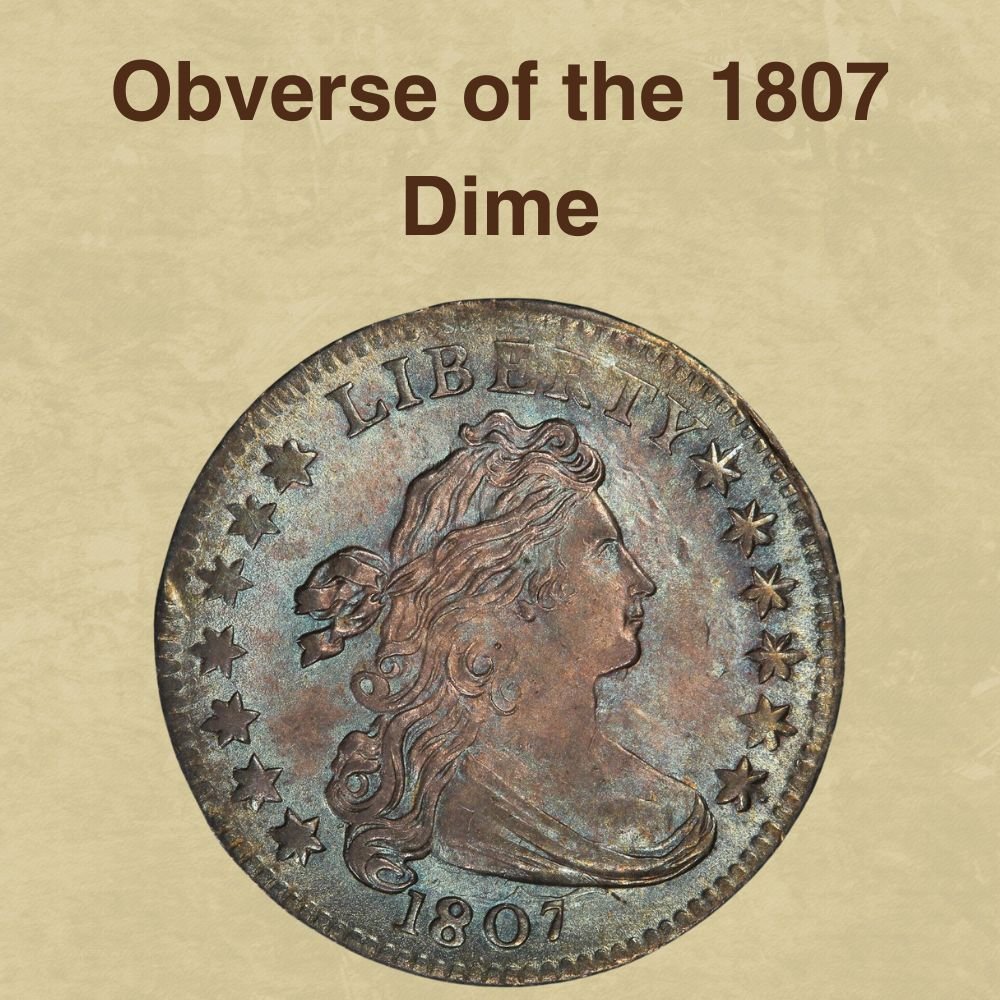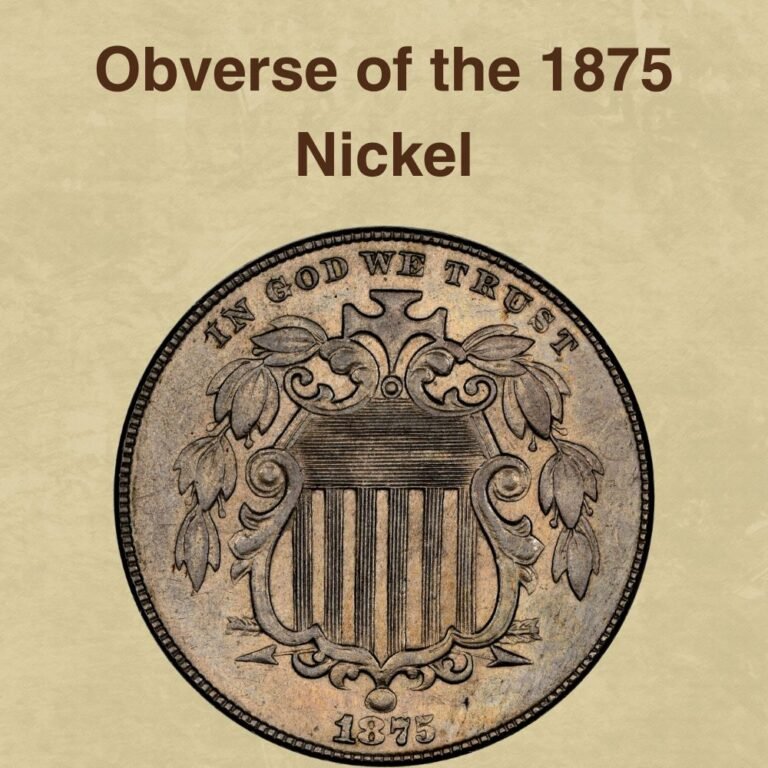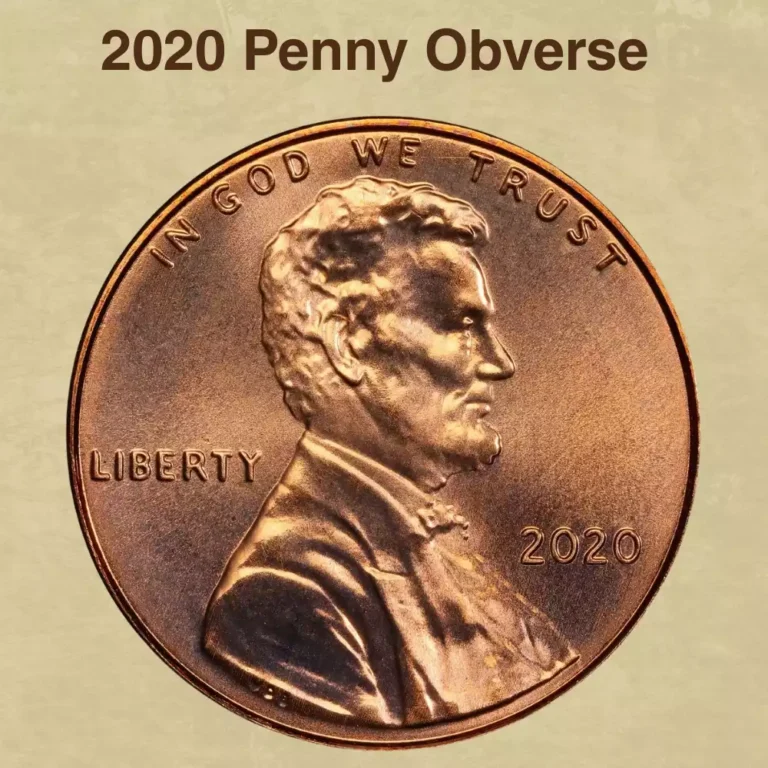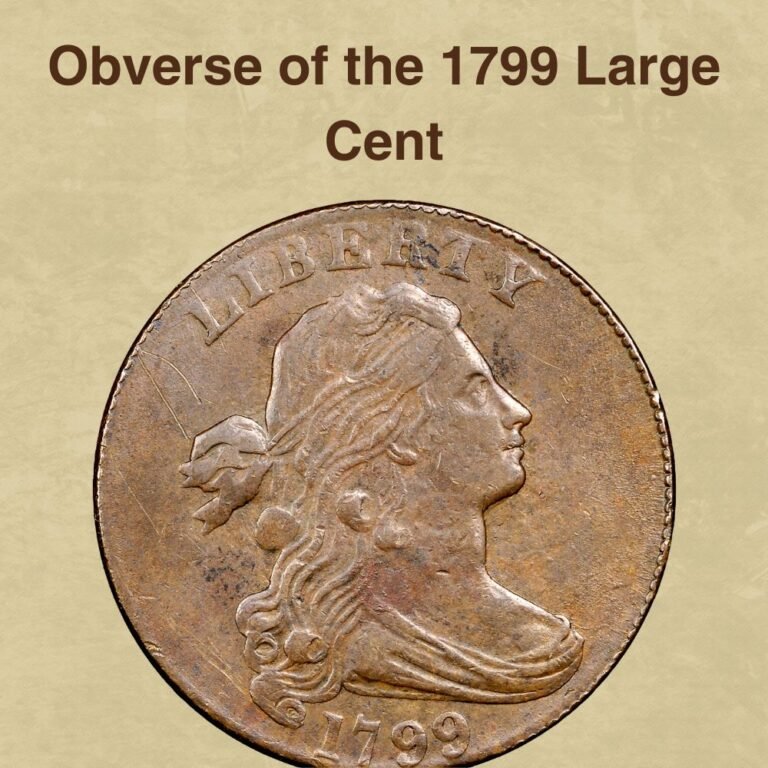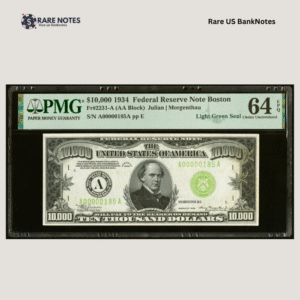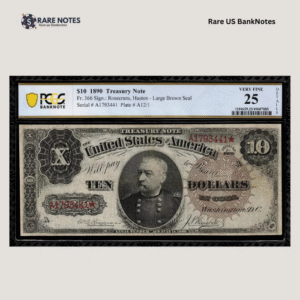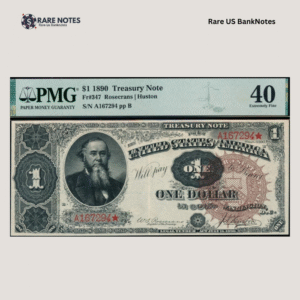The year 1807 was the last for the popular Draped Bust design on dimes. Unsurprisingly, this issue has one of the lowest mintages in the entire series, and survivors often attract nice premiums. Whether buying or selling, our guide will explain everything you need to know about the 1807 dime value.
We’ll break down the market price of circulated and uncirculated 1807 dimes and offer detailed tips for authenticating and grading your Draped Bust dimes. We’ll also reveal high-value minting errors that can add great value to your collection.
Curious to learn more? Let’s dive in and discover the value of a 1807 Draped Bust dime.
1807 Dime Value Chart |
||||
| Mint Mark | Good | Fine | Extremely Fine | Uncirculated |
| 1807 Dime Value | $1,200 | $2,450 | $4,500 | $30,000 |
History of the 1807 Dime
The dime was one of the last coins produced by the United States Mint. However, there had been calls, as early as 1783, by the likes of Thomas Jefferson, Alexander Hamilton, Benjamin Franklin, and others to introduce a smaller coin that would be one-tenth in value and weight of a silver dollar.
Eventually, the Coinage Act of 1792 authorized the Mint to produce a dime composed of 89.24% silver and 10.76% copper. That same year, a few trial dimes were minted, some of them in copper, but they were not released into circulation. The real silver dimes first appeared in circulation in 1796 and had the Draped Bust obverse design created by then-Chief Engraver Robert Scot.
Scot transformed a portrait by artist Gilbert Stuart of Philadelphia socialite Ann Willing Bingham, using it as a representation of Lady Liberty. Scot’s version of the portrait featured a bustier, more mature, and less conservative female, a contrast from previous representations of Lady Liberty. From 1796-1807, the reverse of the dime featured a scrawny, bald eagle, but in 1798, this was replaced by a bolder heraldic eagle design, which continued until 1807.
All 1807 Draped Bust dimes were minted in Philadelphia. The coins were delivered in two batches: the first one contained 80,000 pieces, and the second one about 95,000, totaling a mintage of 175,000. Most of these coins were struck from worn, clashed, and repolished dies, resulting in a weak strike. An 1807 dime with a full strike is truly a rare gem and will typically command a significant premium.
Also read: Top 17 Most Valuable Roosevelt Dimes Worth Money
Features of the 1807 Dime
Let’s now look at the physical attributes of the 1807 dime. Knowing the standout features can help you distinguish a real from a fake dime, grade your coin, and easily spot high-value Draped Bust dimes.
Here’s what to pay attention to:
Obverse of the 1807 Dime
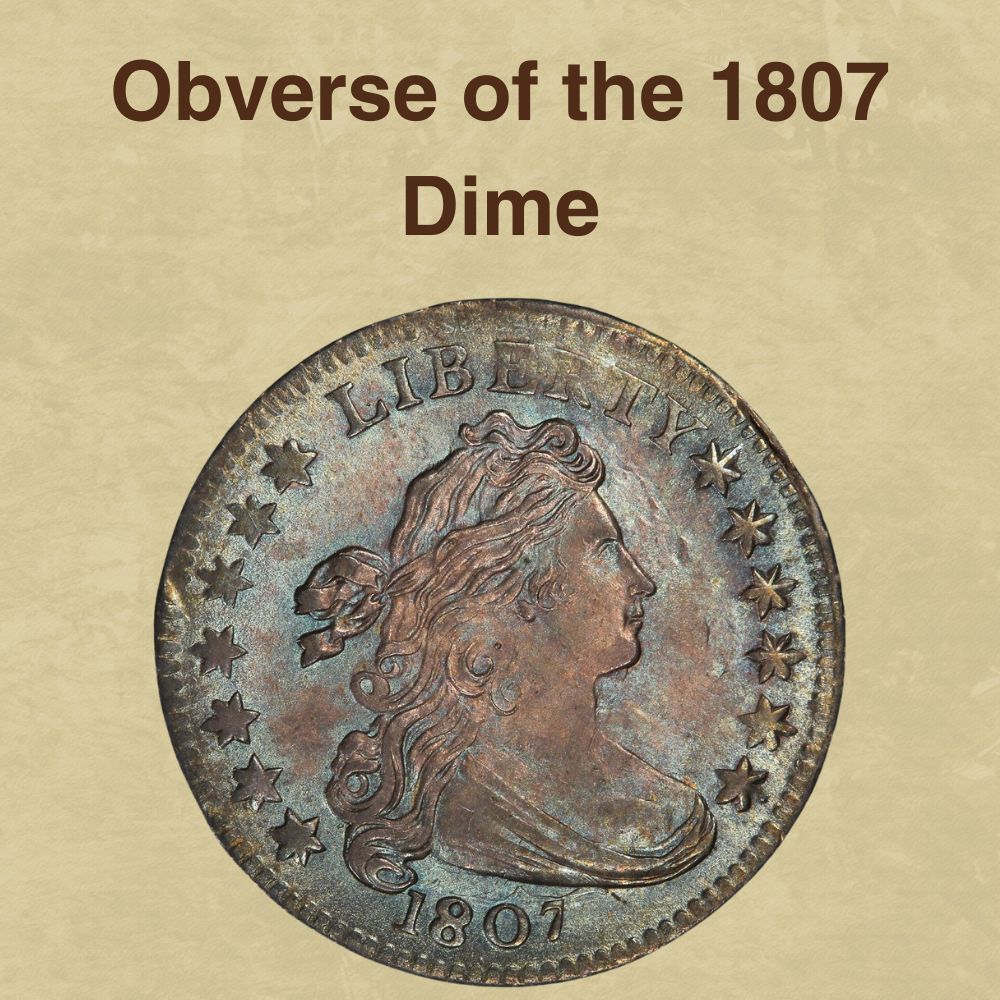
The front side of the coin features a right-facing portrait of Lady Liberty. She is dressed in drapey clothing that shows off her voluminous bust. Her hair flows lightly, with some strands held back with a ribbon and others combed up over her forehead.
The word LIBERTY is etched at the top along the rim, while the date, 1807, is shown at the bottom. Lady Liberty’s portrait is flanked by thirteen stars—seven to the left and six to the right. In total, the stars represent the states that first joined the Union.
Many tiny denticles decorate the entire rim.
Reverse of the 1807 Dime
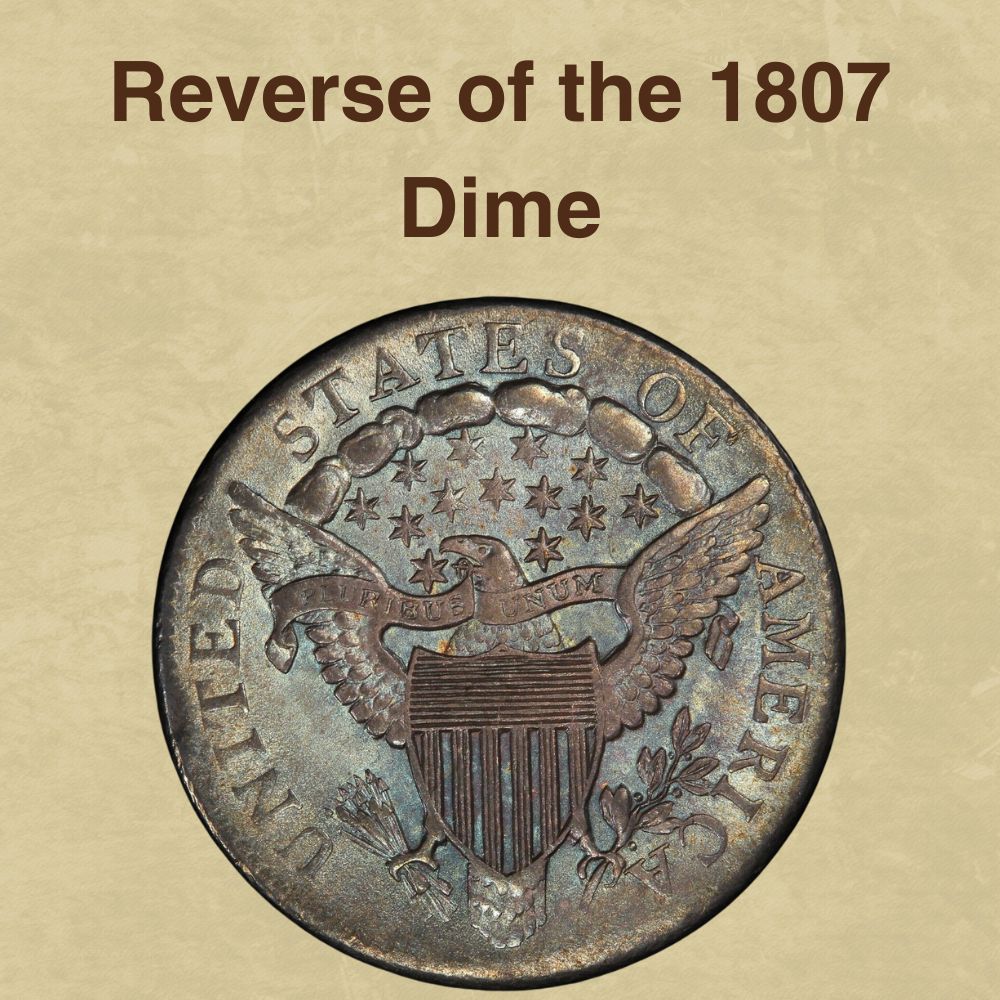
When you turn over the coin, you’ll see an elaborate design of a right-facing heraldic eagle. In its beak is a flag inscribed with the Latin phrase, E PLURIBUS UNUM, which translates into “Out of Many, One.”
Above the eagle’s head is a constellation of thirteen stars crowned by a billow of clouds. The stars also represent the initial states that formed the Union.
In its left talon, the eagle clutches an olive branch, which symbolizes peace, while the right one clutches arrows representing victory and a readiness to defend the nation against aggression.
The shield on the eagle’s chest is symbolic of strength in the unity between the state and federal governments.
The words UNITED STATES OF AMERICA are inscribed along the rim. The coin’s value or denomination is not shown, which was the norm with these early coins.
Other Features of the 1807 Dime
Aside from the main features, other additional ones you should pay attention to include:
- Diameter: 19.80 millimeters
- Weight: 2.70 grams
- Edge: Reeded
- Metal Composition: 89.2% Silver, 10.8% Copper
- ASW: 0.0774oz
- Fineness: 0.892
1807 Dime Value Guides
So, what is the 1807 dime value? The market price of a 1807 dime depends on the coin’s condition and grade. Rare examples and ones with unique minting errors often command higher prices.
Generally, 1807 dimes were poorly struck from worn, repolished dies, so many lower-grade survivors are in bad shape. Nice-looking pieces can be found in grade Very Good (VG) and higher, but these command an increasing premium. Let’s find out just how much the 1807 dime is worth.
1807 Dime Value

The Philadelphia Mint struck about 175,000 silver dimes in 1807, the last year of the Draped Bust/Heraldic Eagle design. Most circulated survivors are heavily worn, and you’d be lucky to find one with a full strike. Mint State examples are genuinely scarce in lower grades and extremely hard to find in higher grades or Gem condition.
Here’s a breakdown of the value of a 1807 dime:
- Circulated Example: These are only relatively common, which can be attributed to the low mintage of 1807 dimes. Survivors command modest premiums even in lower grades, while nicer-looking examples often come at a hefty price, preserved for the advanced collector. In Poor/Average condition, examples can sell for as much as $425 and up to $650 in Good (G) condition. Fine (F) examples can fetch up to $1,390, while Extremely Fine (XF) survivors are worth at least $2,850
- Mint State Example: Uncirculated examples of 1807 dimes are truly scarce even in the lower grades, so you should expect significant premiums from these pieces. Gems higher than MS63 are genuinely rare and are generally the reserve of advanced collectors. In MS60, examples can fetch at least $6,850 and as much as $7,200 in MS61. In MS62, prices go as high as $8,450, while rare MS63 examples command at least $13,000. Gems in MS64 fetch significant premiums, with prices going as high as $28,500, while extremely rare MS65 pieces will command up to $60,500 or more.
- Auction Record: In 2015, Stack’s Bowers auctioned a 1807 dime graded MS66 for an impressive $76,375, making this one of the most valuable examples in the series.
Also read: Top 17 Most Valuable Mercury Dimes Worth Money
1807 Dime Grading

Grading a 1807 dime involves examining high contact points and the extent of wear on these areas. Not only is the dime small, but the 1807 issue in particular has a weak strike, which can sometimes be mistaken for wear.
On the obverse, pay close attention to Lady Liberty’s features, including her hair, cheek, and drapery. In lower grades, i.e., Good (G) to Very Good (G), Liberty’s outline is weak, and other details, such as facial features, lines on her drapery, and hair strands and curls, are almost invisible. The inscription LIBERTY and the date are partly readable, but the rims are flat and indistinguishable. This flatness and loss of outline also applies to the features on the reverse, including the shield lines, wing and tail feathers, eagle’s head, and talons.
In the middle grades, ranging from Very Fine (VF) to About Uncirculated (AU), the outlines re-emerge and the design elements are bolder and more visible. From Liberty’s hair strands and curls, her cheekbones and facial features, the drapery lines and stars, to the design details on the reverse, these features are more defined, and the coin shows less wear. Some AU examples may display a few spots of mint luster.
Finally, in Mint State (MS60+), examples show no signs of wear on each side of the coin. Tiny dings and scratches may be visible, but these do not interfere with the surface quality. The coin will have full mint luster, and all details and outlines will be crisp and uninterrupted.
Rare 1807 Dime Errors List
In addition to displaying a weak strike, 1807 dimes also feature a few notable minting errors, some of which are worth good money. Let’s take a look at 1807 Draped Bust dimes that are worth collecting:
1. 1807 Dime Off-Center Strike Error
On some 1807 dimes, the design appears struck away from the center and more toward the edge, leaving part of the planchet blank and a portion of the design missing. This error occurs when the dies and planchets are not properly aligned, creating an off-center image on either side of the coin.
The more off-center the image, the more valuable the error tends to be. What’s more, the value is usually higher if the date on the coin is visible. An off-center strike error can be worth $10-$150 depending on how dramatic it is.
2. 1807 Dime Die Crack Error
Due to the use of worn dies, die cracks are quite common on 1807 dimes. These appear like raised lines across the coin’s surface, and the larger and more dramatic ones tend to be more valuable. Die cracks occur when breaks form on the die’s surface and are gradually filled with small metal pieces as the die continues to be put to use. Eventually, the die transfers the metal-filled breaks onto the coin’s surface, resulting in die crack errors.
Depending on its size and appearance, a die crack can raise your coin’s value by as much as $20-$100 or more. For example, a collector paid an impressive $2,500 for a rare 1807 dime graded Very Fine (VF) with large obverse and reverse die crack errors.
3. 1807 Dime Clashed Die Error
A clashed die error occurs when the obverse die hits against the reverse die without a planchet between. This causes the dies to transfer parts of their respective designs onto each other, and then onto the planchet once it is placed between the dies. Either side of the final coin will therefore have traces of both the obverse and reverse designs. A clashed die error is worth between $20 and $100 or more, depending on the error’s intensity or visibility. For example, in 2010, a collector on eBay paid $1,100 for a 1807 dime in Very Good (VG) condition with a clashed die error.
Where to Sell Your 1807 Dime?
Now that you know the value of your coins, do you know where to sell those coins online easily? Don’t worry, I’ve compiled a list of these sites, including their introduction, pros, and cons.
Check out now: Best Places To Sell Coins Online (Pros & Cons)
FAQs
How much is a 1807 dime worth today?
The value of a 1807 Draped Bust dime varies based on the coin’s condition. That said, these coins are relatively scarce due to their low mintage and often command high prices even in lower grades. Whether buying or selling, expect prices to start at about $425 for dimes in Poor/Average condition to as much as $5,850 for rare About Uncirculated (AU58) pieces. Uncirculated Mint State examples are genuinely hard to find, especially in higher grades, and these can command up to $60,500 or more.
Why are 1807 dimes rare?
The final year for the Draped Bust design was 1807. By this time, the Mint had struck enough dimes to meet commercial demand, which can explain the low mintage seen in the design’s final years. So, a big reason why 1807 dimes are rare and hard to find, especially in Mint State, is that so few of them were minted. Over the years, some have been damaged, lost, or hoarded, further restricting the population of surviving 1807 dimes.
Are 1807 dimes silver?
Yes, 1807 dimes are made from 89.2% Silver and 10.8% Copper. Because of their age, coupled with wear and environmental attrition, many circulated 1807 dimes may not appear like a silver coin. Instead, they may have a reddish or brownish patina, especially on the high-contact points that have experienced extensive wear. To authenticate your silver coins, you can do the magnet test—real silver should not stick to the magnet. You can also have your coin authenticated by well-known bodies such as the Numismatic Guaranty Company (NGC) or the Professional Coin Grading Service (PCGS). Indeed, old silver coins are prone to forgery, and your best bet is to authenticate any that you come across.
Market Interest Trend Chart
if (window.innerWidth <= 480) {
canvas.height = 250;
} else if (window.innerWidth <= 768) {
canvas.height = 300;
} else {
canvas.height = 400;
}
var ctx = canvas.getContext(“2d”);
var fullLabels = [“09/2015″,”10/2015″,”11/2015″,”12/2015″,”01/2016″,”02/2016″,”03/2016″,”04/2016″,”05/2016″,”06/2016″,”07/2016″,”08/2016″,”09/2016″,”10/2016″,”11/2016″,”12/2016″,”01/2017″,”02/2017″,”03/2017″,”04/2017″,”05/2017″,”06/2017″,”07/2017″,”08/2017″,”09/2017″,”10/2017″,”11/2017″,”12/2017″,”01/2018″,”02/2018″,”03/2018″,”04/2018″,”05/2018″,”06/2018″,”07/2018″,”08/2018″,”09/2018″,”10/2018″,”11/2018″,”12/2018″,”01/2019″,”02/2019″,”03/2019″,”04/2019″,”05/2019″,”06/2019″,”07/2019″,”08/2019″,”09/2019″,”10/2019″,”11/2019″,”12/2019″,”01/2020″,”02/2020″,”03/2020″,”04/2020″,”05/2020″,”06/2020″,”07/2020″,”08/2020″,”09/2020″,”10/2020″,”11/2020″,”12/2020″,”01/2021″,”02/2021″,”03/2021″,”04/2021″,”05/2021″,”06/2021″,”07/2021″,”08/2021″,”09/2021″,”10/2021″,”11/2021″,”12/2021″,”01/2022″,”02/2022″,”03/2022″,”04/2022″,”05/2022″,”06/2022″,”07/2022″,”08/2022″,”09/2022″,”10/2022″,”11/2022″,”12/2022″,”01/2023″,”02/2023″,”03/2023″,”04/2023″,”05/2023″,”06/2023″,”07/2023″,”08/2023″,”09/2023″,”10/2023″,”11/2023″,”12/2023″,”01/2024″,”02/2024″,”03/2024″,”04/2024″,”05/2024″,”06/2024″,”07/2024″,”08/2024″,”09/2024″,”10/2024″,”11/2024″,”12/2024″,”01/2025″,”02/2025″,”03/2025″,”04/2025″,”05/2025″,”06/2025″,”07/2025″,”08/2025”];
var monthNames = [“September 2015″,”October 2015″,”November 2015″,”December 2015″,”January 2016″,”February 2016″,”March 2016″,”April 2016″,”May 2016″,”June 2016″,”July 2016″,”August 2016″,”September 2016″,”October 2016″,”November 2016″,”December 2016″,”January 2017″,”February 2017″,”March 2017″,”April 2017″,”May 2017″,”June 2017″,”July 2017″,”August 2017″,”September 2017″,”October 2017″,”November 2017″,”December 2017″,”January 2018″,”February 2018″,”March 2018″,”April 2018″,”May 2018″,”June 2018″,”July 2018″,”August 2018″,”September 2018″,”October 2018″,”November 2018″,”December 2018″,”January 2019″,”February 2019″,”March 2019″,”April 2019″,”May 2019″,”June 2019″,”July 2019″,”August 2019″,”September 2019″,”October 2019″,”November 2019″,”December 2019″,”January 2020″,”February 2020″,”March 2020″,”April 2020″,”May 2020″,”June 2020″,”July 2020″,”August 2020″,”September 2020″,”October 2020″,”November 2020″,”December 2020″,”January 2021″,”February 2021″,”March 2021″,”April 2021″,”May 2021″,”June 2021″,”July 2021″,”August 2021″,”September 2021″,”October 2021″,”November 2021″,”December 2021″,”January 2022″,”February 2022″,”March 2022″,”April 2022″,”May 2022″,”June 2022″,”July 2022″,”August 2022″,”September 2022″,”October 2022″,”November 2022″,”December 2022″,”January 2023″,”February 2023″,”March 2023″,”April 2023″,”May 2023″,”June 2023″,”July 2023″,”August 2023″,”September 2023″,”October 2023″,”November 2023″,”December 2023″,”January 2024″,”February 2024″,”March 2024″,”April 2024″,”May 2024″,”June 2024″,”July 2024″,”August 2024″,”September 2024″,”October 2024″,”November 2024″,”December 2024″,”January 2025″,”February 2025″,”March 2025″,”April 2025″,”May 2025″,”June 2025″,”July 2025″,”August 2025”];
var gradient = ctx.createLinearGradient(0, 0, 0, canvas.height);
gradient.addColorStop(0, “rgba(62, 154, 229, 0.3)”);
gradient.addColorStop(1, “rgba(62, 154, 229, 0.01)”);
new Chart(ctx, {
type: “line”,
data: {
labels: [“09/2015″,””,””,””,””,””,””,””,””,””,””,””,””,””,””,””,””,””,””,””,””,””,””,””,””,””,””,””,””,””,””,””,””,””,””,””,””,””,””,””,””,””,””,””,””,””,””,””,””,””,””,””,””,””,””,””,””,””,””,””,””,””,””,””,””,””,””,””,””,””,””,””,””,””,””,””,””,””,””,””,””,””,””,””,””,””,””,””,””,””,””,””,””,””,””,””,””,””,””,””,””,””,””,””,””,””,””,””,””,””,””,””,””,””,””,””,””,””,””,”08/2025″],
datasets: [{
label: “Volume”,
data: [0,0,0,3370,3370,4490,1120,1120,0,0,0,0,0,0,1120,1120,1680,560,1120,560,560,560,2240,2800,2800,1120,560,0,0,0,0,0,0,0,0,0,560,560,560,0,1680,3370,3370,1680,1680,1680,1680,0,270,160,160,270,350,270,160,270,200,350,270,200,160,240,210,270,250,210,570,570,370,290,220,290,460,270,340,380,580,350,510,220,380,460,360,700,380,480,260,430,320,230,250,370,440,280,470,260,410,160,190,250,520,610,560,290,160,180,420,350,470,240,260,330,590,690,640,370,240,260,500,430],
borderColor: “#3e9ae5”,
backgroundColor: gradient,
borderWidth: 3,
fill: true,
tension: 0.4,
pointRadius: 0,
pointHoverRadius: 6,
pointBackgroundColor: “#3e9ae5”,
pointBorderColor: “#fff”,
pointBorderWidth: 2,
pointHoverBackgroundColor: “#3e9ae5”
}]
},
options: {
responsive: true,
maintainAspectRatio: false,
interaction: {
mode: “index”,
intersect: false
},
layout: {
padding: {
left: 0,
right: 0,
top: 10,
bottom: 10
}
},
scales: {
x: {
title: {
display: false
},
grid: {
display: false,
drawBorder: false
},
ticks: {
autoSkip: false,
maxRotation: 0,
minRotation: 0,
padding: 5,
font: {
size: window.innerWidth < 768 ? 10 : 12,
color: “#6b7280”
}
}
},
y: {
title: {
display: false
},
position: “left”,
beginAtZero: true,
min: 0,
max: 5000,
grid: {
display: true,
color: “rgba(0, 0, 0, 0.06)”,
drawBorder: false,
drawTicks: false
},
ticks: {
stepSize: (function() {
var range = 5000;
var step = range / 10;
if (step > 50000) {
step = Math.ceil(step / 10000) * 10000;
} else if (step > 20000) {
step = Math.ceil(step / 5000) * 5000;
} else if (step > 10000) {
step = Math.ceil(step / 2000) * 2000;
} else if (step > 5000) {
step = Math.ceil(step / 1000) * 1000;
} else if (step > 1000) {
step = Math.ceil(step / 500) * 500;
} else if (step > 100) {
step = Math.ceil(step / 100) * 100;
} else {
step = Math.ceil(step / 10) * 10;
}
return step;
})(),
padding: 10,
font: {
size: window.innerWidth < 768 ? 10 : 12,
color: “#6b7280”
},
callback: function(value, index, values) {
if (value >= 1000) {
return (value / 1000).toFixed(0) + “k”;
}
return Math.round(value);
}
}
}
},
plugins: {
legend: {
display: false
},
tooltip: {
mode: “index”,
intersect: false,
backgroundColor: “rgba(0, 0, 0, 0.8)”,
titleColor: “#fff”,
bodyColor: “#fff”,
borderColor: “#3e9ae5”,
borderWidth: 1,
padding: 10,
cornerRadius: 4,
displayColors: false,
callbacks: {
title: function(context) {
var index = context[0].dataIndex;
return monthNames[index];
},
label: function(context) {
var value = context.parsed.y;
return “Volume: ” + value.toLocaleString();
}
}
}
}
}
});
}
} else {
console.error(“Chart.js not loaded”);
}
});
The post 1807 Dime Coin Value: How Much Is It Worth Today? appeared first on CoinValueChecker.com.


